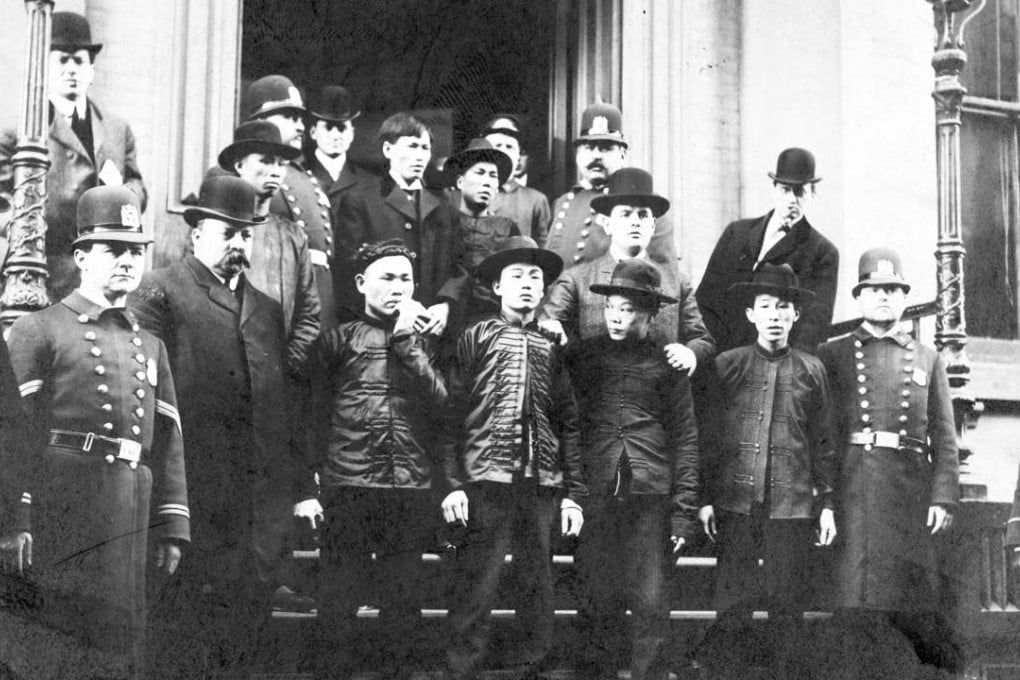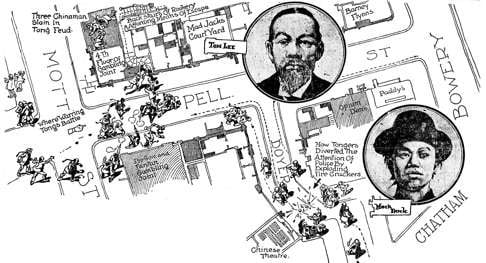The tong wars: how New York’s 1900s Chinatown descended into violence, bloodshed and savvy politics
What started with the murder of a laundry worker erupted into decades of tactical warfare

ON AUGUST 12, 1900, Lung Kin visited New York’s Chinatown, as he did most Sundays. He worked uptown, on Amsterdam Avenue, in a Chinese laundry. For reasons unknown, he ended up at 9 Pell Street, which The New York Times described as “a gloomy, grayish building of five stories, filled with countless holes called rooms and reeking with sickly odors”.
At about six o’clock that evening, a commotion erupted in a narrow hallway in the building. How many people were present? Six, 12, as many as 18 – the news reports were as confused as the chaotic scene. But this much was indisputable: after two gunshots rang out, the crowd quickly dispersed, leaving Lung alone and fatally wounded as “a pool of blood slowly formed itself around his body”.
Soon afterwards, police arrested Gong Wing Chung across the street, on the second floor of an apartment building into which he had fled. The Times, which rendered Gong’s name as Goo, described his capture thus: “Goo, when confronted with the charge of murder, never moved a muscle. As he was being led away, a smile played over his face.”

The shots that killed Lung would prove to be the opening salvos in a three-decade cycle of war radiating from New York’s Chinatown. He had been a member of an organised-crime syndicate called the Hip Sing Tong. Gong, his killer, belonged to its chief rival, the On Leong Tong. Within six weeks, an On Leong, Ah Fee, was murdered in retaliation; he just happened to be an alibi witness for Gong, prepared to testify that his comrade was nowhere near 9 Pell Street at the time of the killing.